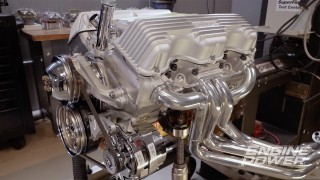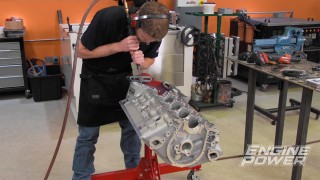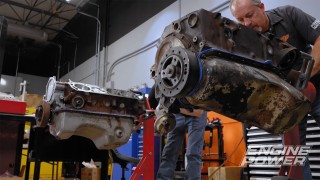Engine Power Featured Projects
Engine Power Builds
Want more content like this?
Join the PowerNation Email NewsletterParts Used In This Episode
ARP
Bolts & Studs
ARP
Digital Stretch Gauge
ARP
Fasteners
ARP
Ultra-Torque Fastener Assembly Lubricant
Comp Cams
Camshaft
Dupli-Color
Ceramic Primer
Goodson Shop Supplies
Rod Heater
Matco Tools
MATCO Tools are the Official Tool Supplier to PowerNation
MSC
Profilometer
ProMaxx Performance
Cylinder Heads
School of Automotive Machinists
Custom Torque Plate
Sunnen Products Company
SV-15 Hone Machine
The Industrial Depot
Tools, Hardware, Shop Supplies











































